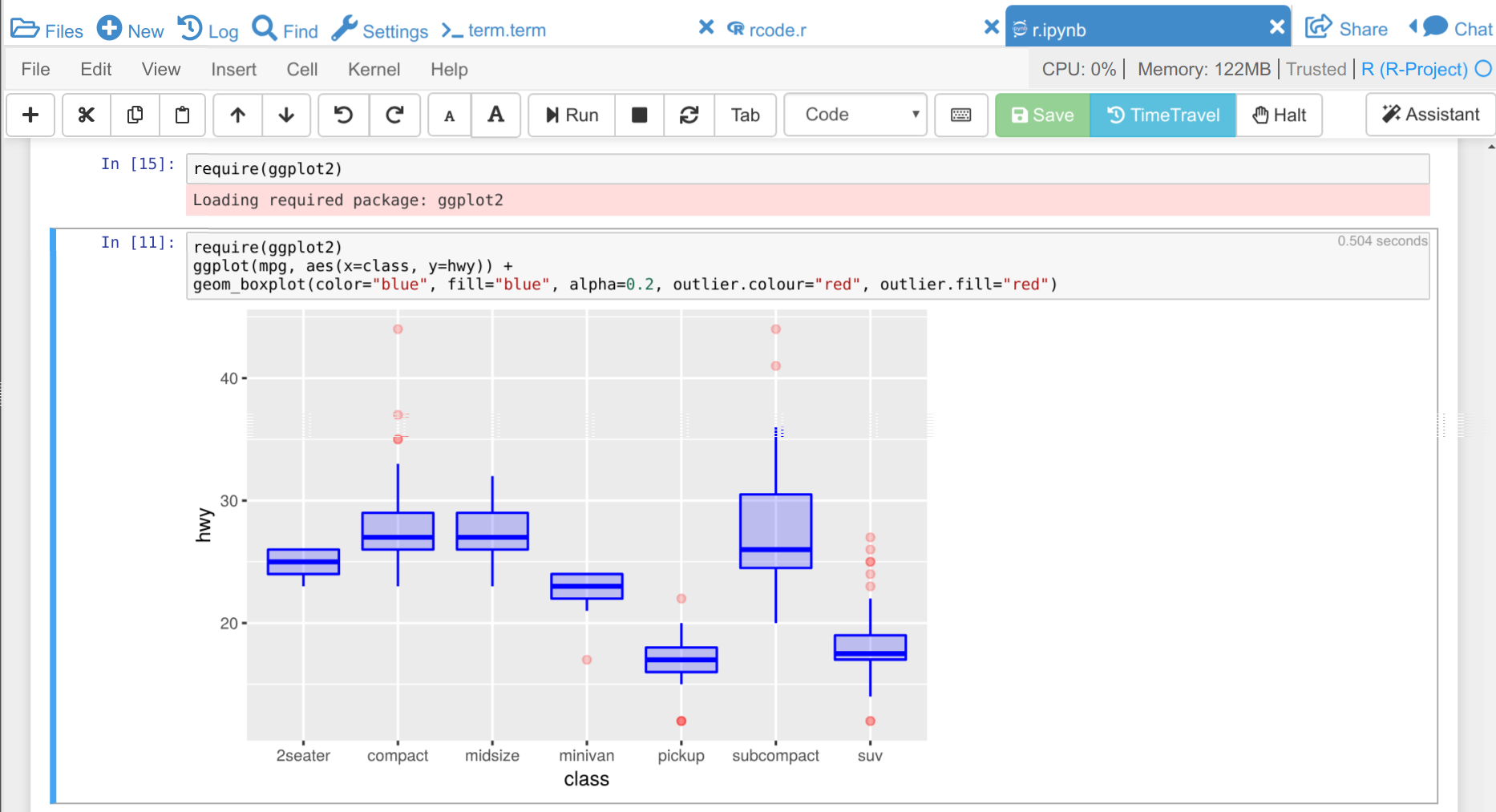Survey Software - The Survey System Software for Web Surveys, PDA Surveys, Phone Questionnaires, etc. The Survey System is the most complete survey software package available for all types of questionnaires and research projects from web, phone, PDA, or paper questionnaires. Learn how to make informed trading decisions by using software tools—like Excel, Python, R, and Stata—to build models or algorithms that use quantitative, testable investment rules. 2h 8m Intermediate Jul 19, 2019 Views 23,287. Business Analytics: Multiple Comparisons in R and Excel.
To Install R
- Open an internet browser and go to www.r-project.org.
- Click the 'download R' link in the middle of the page under 'Getting Started.'
- Select a CRAN location (a mirror site) and click the corresponding link.
- Click on the 'Download R for (Mac) OS X' link at the top of the page.
- Click on the file containing the latest version of R under 'Files.'
- Save the .pkg file, double-click it to open, and follow the installation instructions.
- Now that R is installed, you need to download and install RStudio.

To Install RStudio
- Go to www.rstudio.com and click on the 'Download RStudio' button.
- Click on 'Download RStudio Desktop.'
- Click on the version recommended for your system, or the latest Mac version, save the .dmg file on your computer, double-click it to open, and then drag and drop it to your applications folder.
To Install the SDSFoundations Package
- Download SDSFoundations to your desktop (make sure it has the '.tgz' extension).
- Open RStudio.
- Click on the Packages tab in the bottom right window.
- Click 'Install.'
- Select install from 'Package Archive File.'
- Select the SDSFoundations package file from your desktop.
- Click install. You are done! You can now delete the SDSpackage file from your desktop.
To Install R:
- Open an internet browser and go to www.r-project.org.
- Click the 'download R' link in the middle of the page under 'Getting Started.'
- Select a CRAN location (a mirror site) and click the corresponding link.
- Click on the 'Download R for Windows' link at the top of the page.
- Click on the 'install R for the first time' link at the top of the page.
- Click 'Download R for Windows' and save the executable file somewhere on your computer. Run the .exe file and follow the installation instructions.
- Now that R is installed, you need to download and install RStudio.
To Install RStudio
- Go to www.rstudio.com and click on the 'Download RStudio' button.
- Click on 'Download RStudio Desktop.'
- Click on the version recommended for your system, or the latest Windows version, and save the executable file. Run the .exe file and follow the installation instructions.
To Install the SDSFoundations Package
- Download SDSFoundationsto your desktop (make sure it has the '.zip' extension).
- Open RStudio.
- Click on the Packages tab in the bottom right window.
- Click 'Install.'
- Select install from 'Package Archive File.'
- Select the SDSFoundations package file from your desktop.
- Click install. You are done! You can now delete the SDSpackage file from your desktop.
Remember to reference R

When people are new to using R and, perhaps, to referencing and report writing in general, they often don’t know they should cite and reference R and its packages. We do this for the same reasons we reference any thing else in any academic work.
- We need to support our arguments with evidence and give readers the opportunity to evaluate the validity of that evidence. Citing R and its packages allows people to evaluate the reproducilibity of your analysis and results.
- We need to recognise and give credit for the work of others. R is a collaborative open source project with many contributors and citing R and its packages supports the development of such fantastic and free tools.
R makes it easy to do this!
The citation() function
This function outputs the reference for R
BibTeX is just a format used by some reference managers.
You can get the citation information for R packages like this:
R Software Download For Windows
In your Methods section you might say something like:
Analysis was conducted in R (R Core Team, 2014) and figures were produced using the package ggplot2 (Wickham, 2009).
Usually, it will have more detail about the analysis itself. Here is an example:
We used R (R Core Team, 2017) with lme4 (Bates et al., 2015) to perform linear mixed (LME) analysis of cell function……….
Then in your reference list:
Bates, D., Maechler, M., Bolker, B. and Walker, S. (2015). Fitting Linear Mixed-Effects Models Using lme4.
Journal of Statistical Software, 67(1), 1-48. doi:10.18637/jss.v067.i01.
R Core Team (2014). R: A language and environment for statistical computing. R Foundation for Statistical
Computing, Vienna, Austria. URL http://www.R-project.org/
Wickham, H. (2009) ggplot2: elegant graphics for data analysis. Springer New York.
P.S. You do get this message every time you start R up!
R Software Tutorial
R-bloggers.com offersR Software Downloads
daily e-mail updatesR Software Online
about R news and tutorials about learning R and many other topics. Click here if you're looking to post or find an R/data-science job. Want to share your content on R-bloggers? click here if you have a blog, or here if you don't.